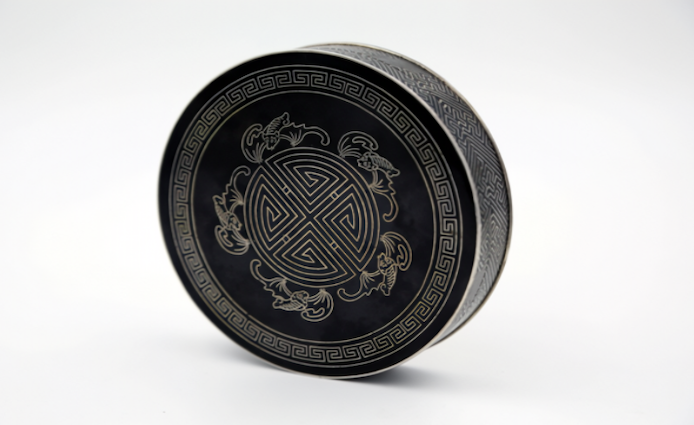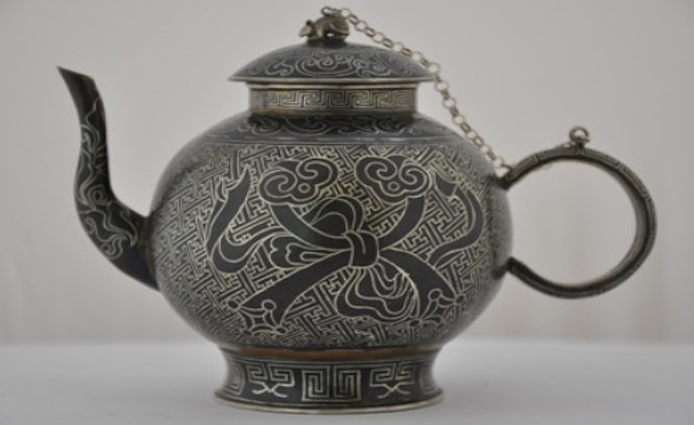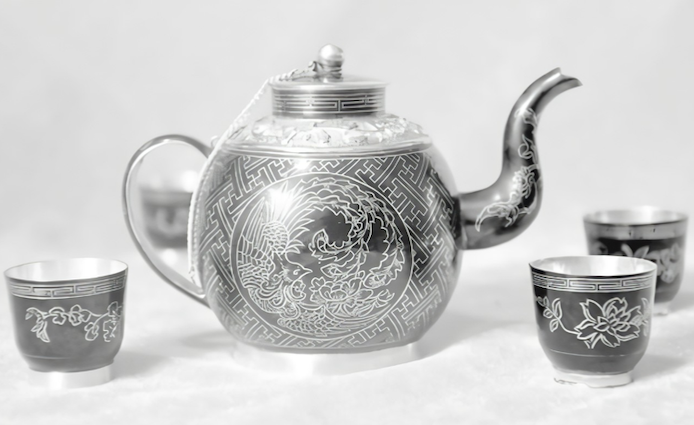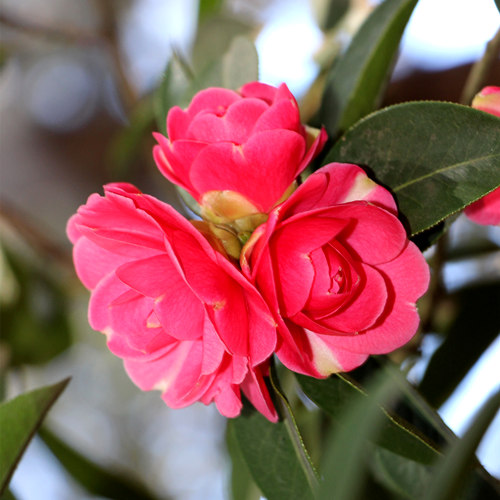
Silver-inlaid Black Copper
Silver-inlaid Black Copper, a handmade craftwork called "wutongzouyin" in Kunming, capital of Southwest China's Yunnan province, is regaining its popularity in recent years. Originated in Shiping county of China’s southwestern Yunnan province during the reign of Emperor Yongzheng of the Qing dynasty (1368-1644 AD), silver inlaying on black copper is a unique copperware handicraft of Yunnan that has a history of almost 300 years.

Different with other copper ware, Silver-inlaid Black Copper requires a complicated yet delicate process. The craftwork uses black copper as the roughcast, engraves it with decorative designs and inlay melted pure silver (or gold) into the nicks. After high temperature fuses the two metals into one, technical treatments, including cooling, grinding and polishing, turn it into an exquisite artwork with antique style. With a history of nearly 300 years, Silver-inlaid Black Copper used to enjoy equal reputation as Closonne, or jingtailan, also known as "copper padding thread weaving enamel", in art field.

"Now more people buy the craftwork as a collection," said Jin Yongcai, the sixth-generation inheritor of Silver-inlaid Black Copper in Yunan. Jin Yongcai, the only 6th-generation inheritor of the craftsmanship of silver inlaying on black copper, has crafted more than 100 pieces of such handicrafts based on his decades of exploration and practice since he started to teach himself skills of making gold-, silver- and copperware at the age of 18. His masterpieces are square cauldrons, Four Treasuries in the Study, wine vessels, tea vessels, incense burners, vases, etc. Already 64, Jin is still busy with the promotion of this traditional crafts art. Every month he attends an exhibition of the Silver-inlaid Black Copper works. He has traveled to many countries including the US, Germany and United Arab Emirates, to participate in cultural exchanges.

In 2011, the art of Silver-inlaid Black Copper was listed among the third batch of Chinese Intangible Cultural Heritage under Protection. "With the government's support, this copper art enjoys more opportunities to be promoted and inherited," he said. Jin has 11 apprentices in total with the youngest in 20s and the oldest more than 50. He opened a learning center to teach the new learners several years ago. "It takes a man at least five years to learn the skills but to make a delicate work one needs about 20 years," Jin said. "Now there are only two of my apprentices who can match the craft skills of me," he said. "It just takes time."

Ding Dawei, one of his sons-in-law, has been not only learning the skills, but also innovating. He divided the products into different types based on different market needs. Now their business has seen much improvement than before, but most of the profit will be used to the inheritance of the art. "We live in the peace era with strong national economy, which is the best timing for the development of craftworks," Jin said.

Vase of Fortune and Longevity Featuring Plum Blossom, Orchid, Bamboo and Chrysanthemum. Known as the “Four Gentlemen” among plants for the Chinese people, plum blossoms, orchid blossoms, bamboo and chrysanthemums have evolved into a cultural symbol of noble characters and moral virtues based on their own natural beauties and certain properties. The artisan therefore created this artwork to encourage him to learn from the “gentlemen” in nature.

Wine Flagon with Dragon Patterns. This flat vessel with flowing curvy lines has a long and slender curved opening in the shape of a crane neck, a dragon-shaped handle and a ruyi-shaped lid. There are nine exquisite engraved dragons surrounding the body of the flagon. The refined techniques of engraving and welding based on an ingenious design led to a piece of artwork that shows a perfect combination of liveliness and decorum.
Reference: Google Arts&Culture; China Daily
Photo Resource: Internet
If there's any copyright issue involved, please contact us to delete.



